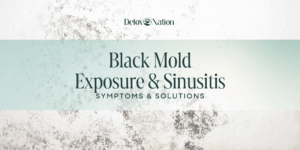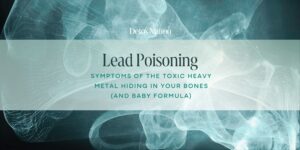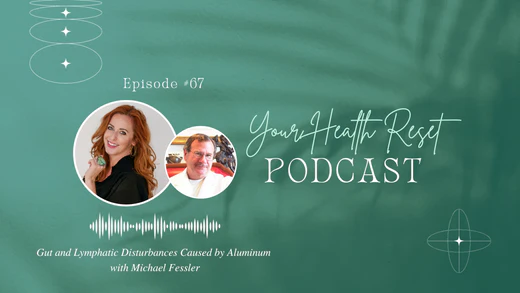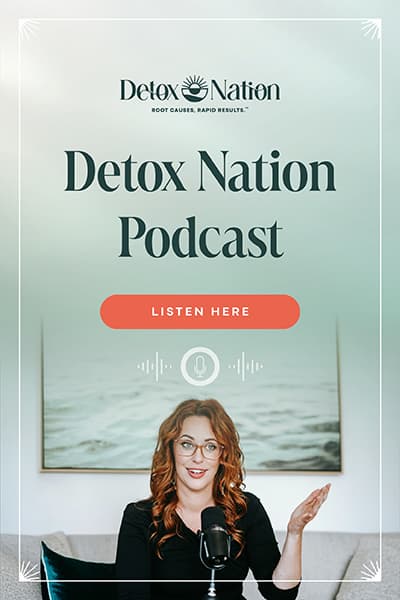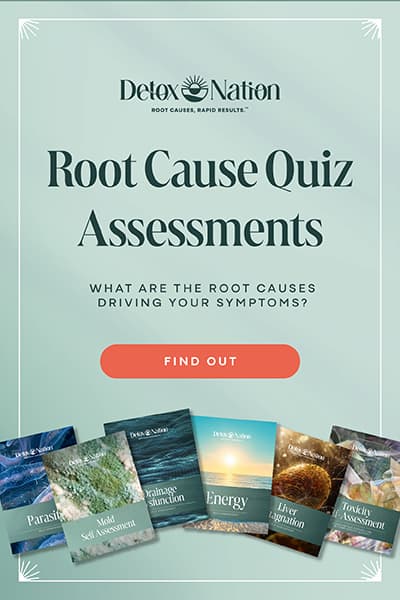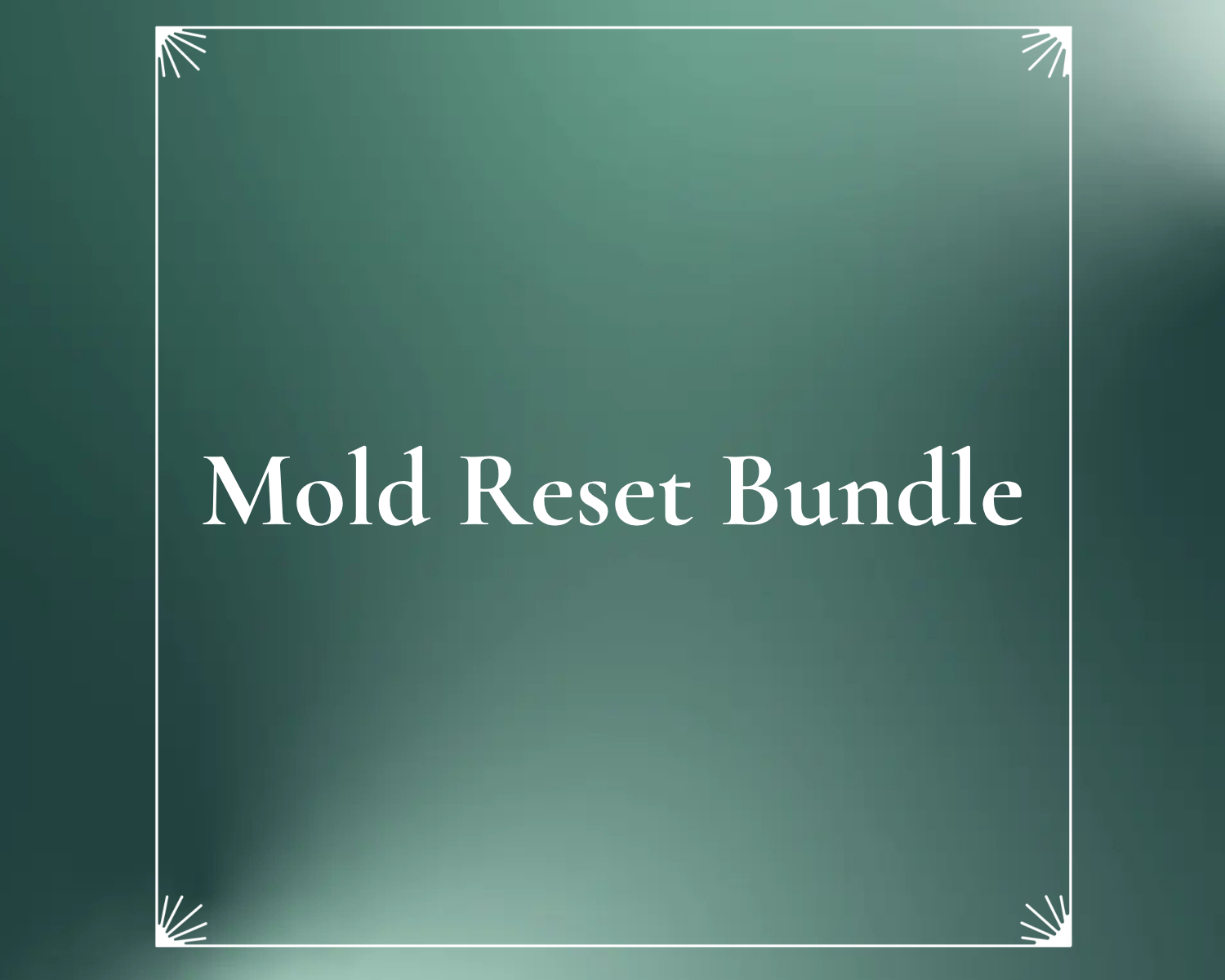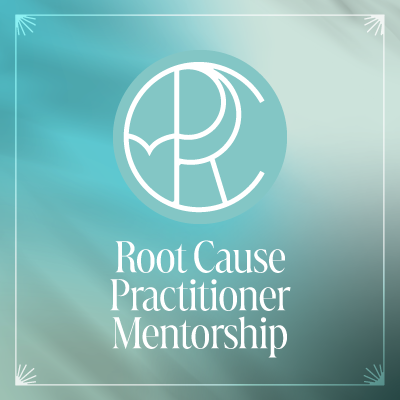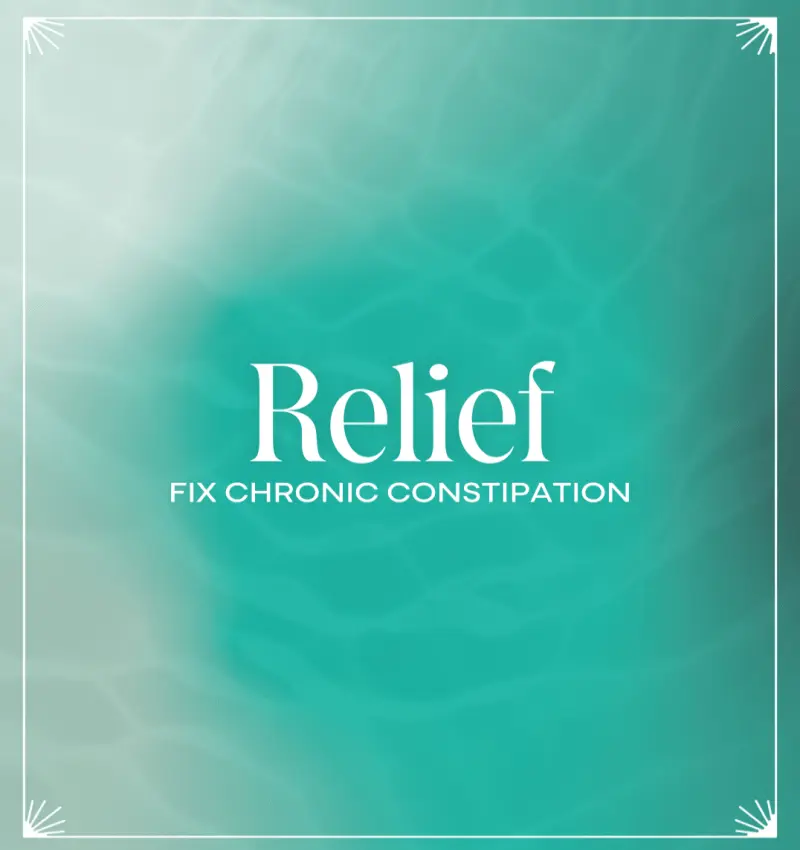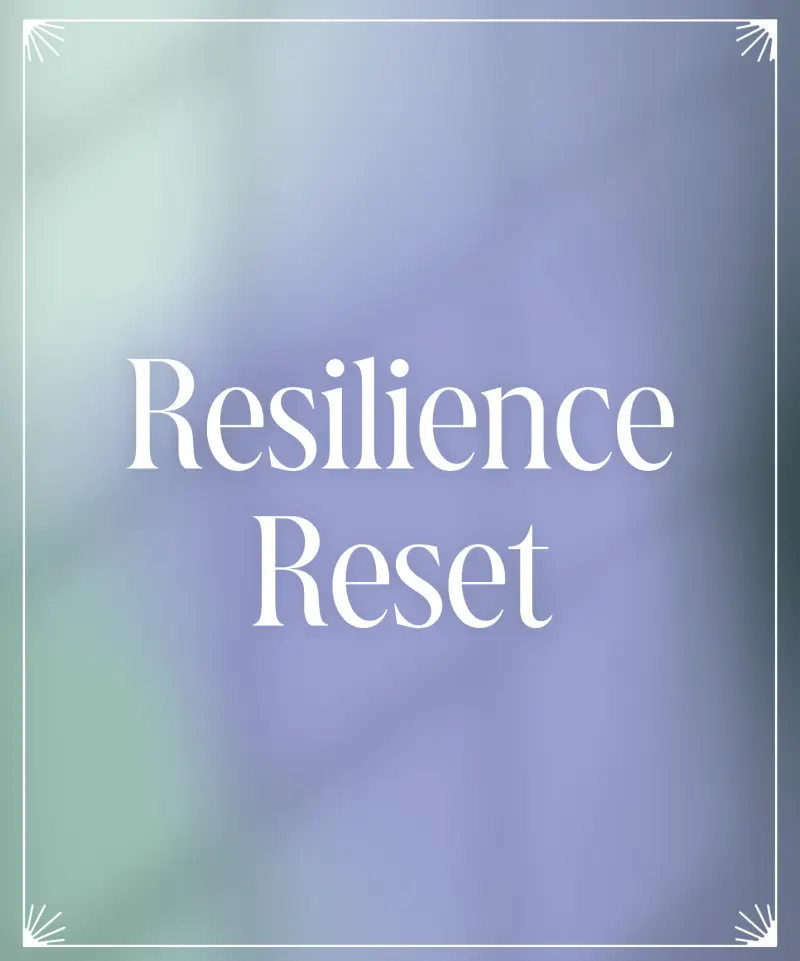Your home is meant to be a sanctuary, but black mold can turn it into a toxic environment.
Learn how to identify black mold in your home and the early warning signs and symptoms that it might be making you sick.
You walk into your home after a long day, looking for a place to unwind, but something feels off.
Maybe it’s that slight musty smell you’ve been noticing, or perhaps it’s that nagging headache you can’t seem to shake.
If you’ve been feeling less than your best and can’t pinpoint why, it might be time to see if you have black mold in your house.
For background information on types of mold, how you’re exposed, and how mold makes you sick, make sure to read this article.
There are over 1,000 types of mold found in US homes[1].
Further, a recent EPA report revealed a staggering eighty-five percent of the buildings tested had prior water damage, and forty-five percent reported current leaks causing water damage[2].
The odds are against you never having been exposed to mold.
Living in the Pacific Northwest for years, it rained all the time. When I saw water or mold in the house, sometimes I would mop it up or spray something on it, more often I would just ignore it.
The common belief was that a little mold wouldn’t hurt anything. Even my grandparents would just cut the mold off bread and eat the rest of it. (It wasn’t just my family, was it?)
Identifying black mold in your home is crucial for both the safety of your living space and your health. Black mold can grow in warm, damp areas, often hidden behind walls or under floors. A musty odor or peeling wallpaper can be early warning signs.
Mold exposure can trigger allergic reactions[3], such as coughing, sneezing, and feeling like you want to gouge your eyes out due to the burning, itching, or irritation.
Chronic, cumulative, or acute exposures can lead to misdiagnosed chronic symptoms[4].
(By the way, in case no one has told you, you can recover from mold toxicity.)
Keep reading as we discuss black mold, early warning symptoms of exposure, chronic symptoms, how to know if your house has mold, strategies to prevent mold, and moving beyond mold toxicity.
Key Takeaways
- Most US buildings have had water damage.
- Exposure to black mold can cause significant health issues.
- Recovery from mold toxicity is possible.
What Is Black Mold?
Black mold, or Stachybotrys chartarum, can be harmful to your health and challenging to identify. Knowing its physical traits and common home locations helps in dealing with it effectively.
Overview of Stachybotrys Chartarum
Stachybotrys chartarum is a fungus that thrives in moist environments. This mold’s spores are tiny and can easily become airborne, which can be harmful when inhaled.
The mold produces mycotoxins that can cause various health problems[5].
While mold often grows on materials like wood, paper, and drywall[6] (which are rich in cellulose and provide a perfect breeding ground), the spores can hitch a ride on almost any material.
Identifying Black Mold Characteristics
Identifying black mold starts with visual inspection.
This mold typically appears as dark, circular spots or patches, often greenish-black in color. It may look slimy or wet and have a musty smell.
These patches can vary in size but are generally found in areas with high humidity or water damage. Using a flashlight to check dark corners and crevices can help in spotting the mold.
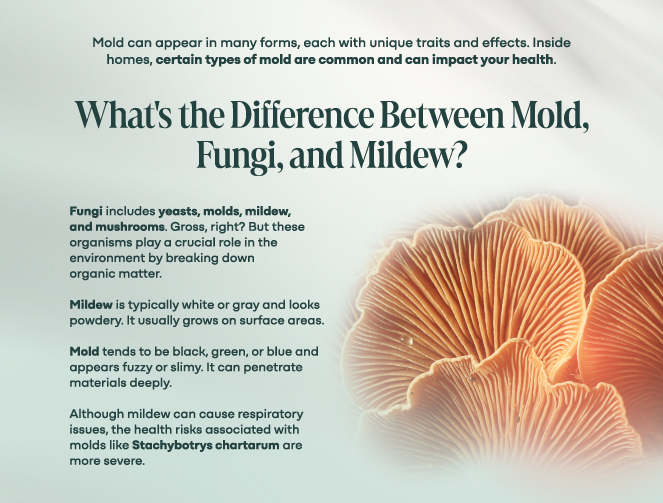
Common Locations for Mold Growth in Homes
Mold commonly grows in areas with high moisture levels[7]. Regularly inspecting and keeping these areas dry can prevent mold growth.
- Basements are particularly vulnerable due to potential flooding or high humidity.
- Bathrooms can harbor mold due to constant moisture from showers and baths.
- Kitchens are another hotspot because of plumbing issues and steam from cooking.
Some people think “My house is new so I can’t possibly have mold!”
While older buildings can have leaks and damage over time, newer buildings have less airflow and ventilation, making them susceptible to mold.
By understanding these aspects of mold, you can take the necessary steps to identify it early and minimize its effects on your health. Regularly monitor areas prone to moisture and address any leaks or dampness promptly.
If you have chronic symptoms you think may be related to mold, I encourage you to take this simple mold quiz.
No matter what the results, remember you can heal and are ALWAYS healing. And we’re here for you every step of the way!
Take the Mold Quiz NowEarly Warning Signs of Black Mold Exposure
Recognizing the early warning signs of mold exposure can be crucial in preventing more severe health issues. Symptoms can range from mild to more serious, affecting different parts of your body.
Fatigue
One of the first signs that you might be exposed to mold is unusual fatigue[8]. You can barely pry your eyelids open (even after a full night’s sleep) or you feel more tired after a full night’s sleep.
This kind of fatigue is incongruent with your activities and can make daily life feel more exhausting.

Coughing and Sneezing
Persistent coughing and sneezing can also signal mold exposure[11]. When you come into contact with mold, your body might have an allergic reaction, releasing histamines that cause these common symptoms.
Coughing and sneezing are your body’s way of trying to get rid of irritants.
You might find yourself with a constant cough that doesn’t seem to go away. Or perhaps you have sneezing fits, where you sneeze eight, ten, twelve times or more in a few minutes.
It might be worse in certain areas of your house, like in that damp basement you hate to go into.

Stinging, Burning, Blurry Eyes
Your eyes are sensitive to mold spores. If you experience stinging, burning, or blurry vision, mold could be to blame[12]. This can make it hard to focus on tasks and cause a lot of discomfort.
If you wear contacts, you might notice these symptoms even more.
Consider Charlotte: She noticed that it became difficult to see the computer monitor every day around 3-4 pm.
When she would take out her contacts at night, her eyes would sting and burn, making it hard to keep her eyes open to read.
She finally went to an eye doctor who advised that she had more white blood cells on the surface her eyes than she had ever seen, and prescribed allergy drops.
It wasn’t until Charlotte learned about mold that she connected the dots between her vision problems and her mold exposure.
Breathing and Sinus Issues
Breathing problems like wheezing and shortness of breath are common signs of mold exposure. (Have you ever had shortness of breath when you’re just relaxing? Mold might be the culprit.)
Your sinus passages can also become inflamed, leading to congestion and sinus pain. For people with asthma or chronic lung conditions, these symptoms can be severe.
Mold exposure can trigger asthma attacks or other lung issues. Breathing in mold spores irritates your sinuses and lungs, making it difficult to breathe deeply. This can cause chest tightness and discomfort.
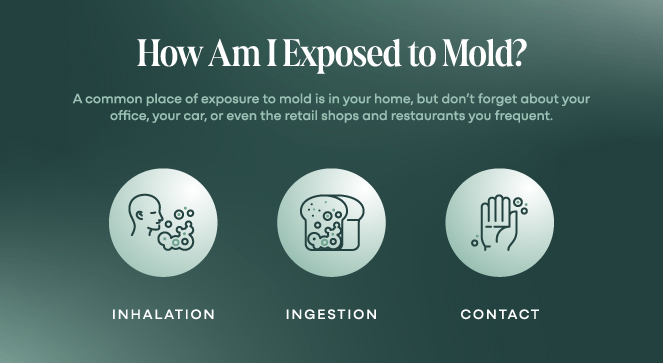
Memory Problems and Brain Fog
Exposure to mold can affect your cognitive functions, leading to memory problems and brain fog. You might get easily distracted (squirrel!) and find it hard to concentrate or organize your thoughts.
Your memory may seem like Swiss cheese, with gaps and holes where your memories should be, leaving you (and your family) wondering if you’ve lost your mind.
These symptoms are due to the toxins produced by mold. If you notice these cognitive symptoms, it might be time to check your home for mold.
Recognizing these early signs can help you take action to remove mold from your living space and protect your health.
Health Implications of a Mold Problem
Exposure to mold, especially black mold, can cause various health issues, from allergies to serious respiratory problems. These effects can range from mild to severe, depending on the person’s sensitivity and how long they have been exposed.
CIRS
Chronic Inflammatory Response Syndrome (CIRS) is a significant condition caused by mold exposure. It occurs when toxins from mold trigger an immune response, causing inflammation that doesn’t go away.
CIRS can lead to symptoms like fatigue, headache, joint pain, memory problems, and more.
Allergic Reactions and Respiratory Issues
Many people develop allergies to mold.
When mold spores enter your body, your immune system thinks they’re dangerous and releases histamines, causing allergy symptoms.
The allergy symptoms are often related to the respiratory system: Sneezing, coughing, wheezing, shortness of breath, and nasal congestion.
People with mold allergies might also experience skin rashes and eye irritation.
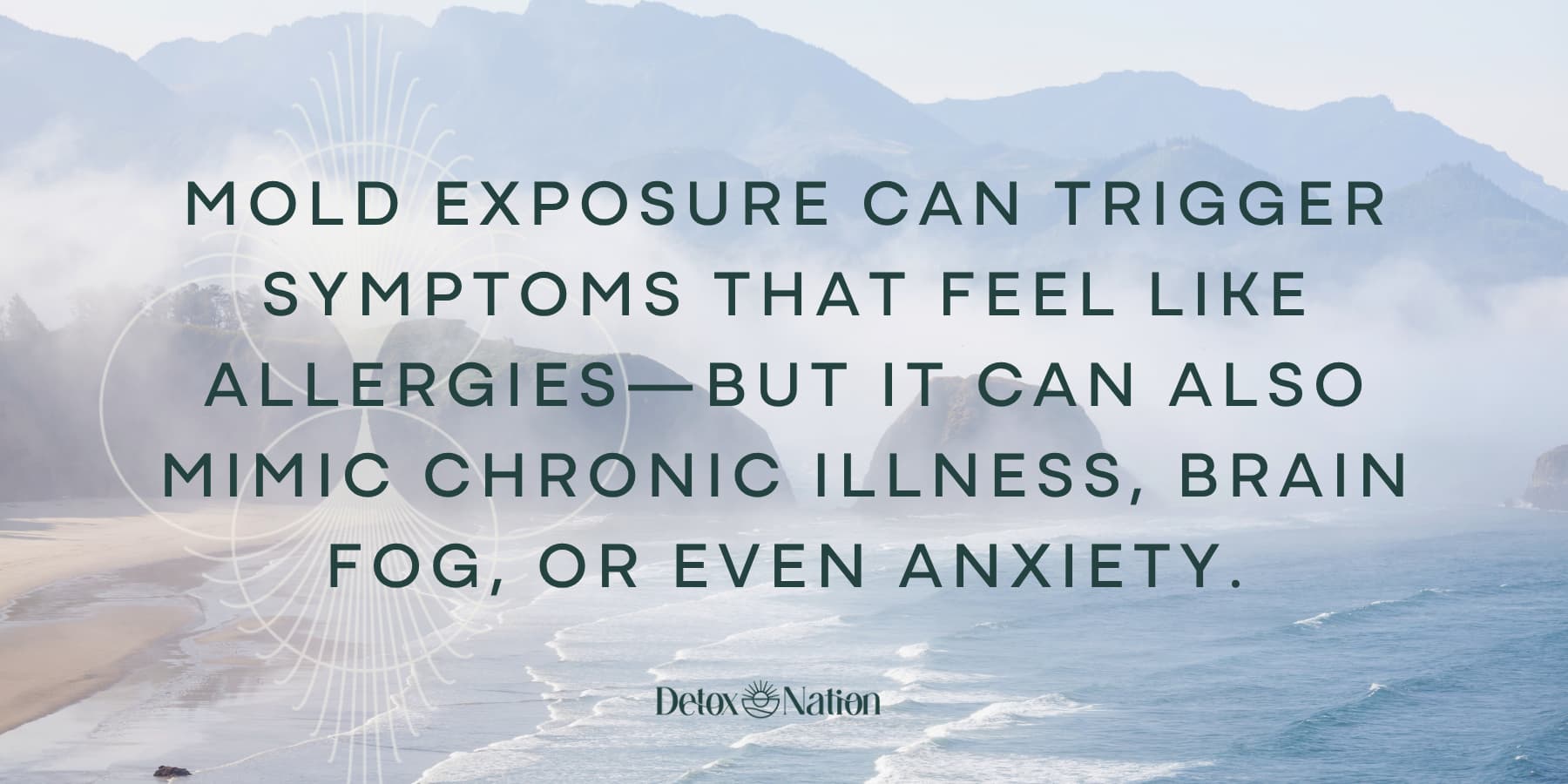
Mold and the GI System
Mold can be devastating to the digestive system, impacting the stomach, the liver, bile, and the intestines.
Symptoms can include gas, bloating, nausea, vomiting, constipation, diarrhea, or (everyone’s favorite) alternating constipation and diarrhea.
You may experience food sensitivities, where innocuous foods bother only you.
Or you may develop leaky gut where toxins escape the intestines and wreak havoc in your body.
The alterations in your digestive system can make your body a great host for parasites, viruses, and bacteria. (Mold loves to invite its friends to the party.)
Mold and Its Connection to Asthma
Mold can worsen asthma symptoms or even trigger new cases in people exposed to it. This is particularly concerning for children, who are more susceptible to developing asthma from mold exposure.
Long-Term Exposure and Serious Health Conditions
Long-term exposure to mold can lead to severe health problems like Chronic Fatigue Syndrome[13].
In rare cases, mold exposure has been linked to pulmonary hemorrhage (bleeding in the lungs) and even certain types of cancer[14].
People with weakened immune systems are at a higher risk of infections from mold.
By staying informed and taking actions to minimize mold exposure, you can protect your health and well-being.
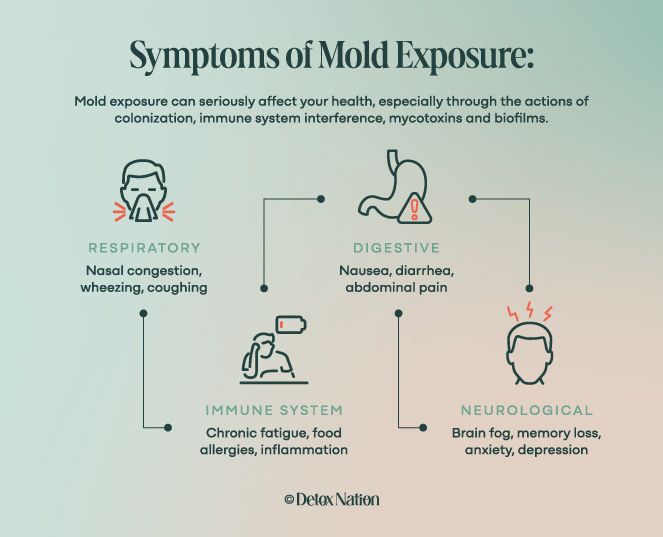
How Do I Know if My House is Moldy?
Discovering mold in your home can be concerning, but there are several ways to identify it. From using your nose to checking for visible signs, each method helps you detect mold and address it quickly.
The Sniff Test
Mold often produces a musty or damp smell[15].
If you enter a room and notice a strong, unpleasant odor, it could mean mold is present.
Check areas prone to moisture like basements, bathrooms, and kitchens.
Using your sense of smell can be one of the first indicators. Even if you can’t see any mold, a musty smell alone warrants further investigation.
Look for Signs
Mold can appear in various colors, textures, and locations. Here are some things you can look for that may indicate mold in your home:
- Black, green, or white spots on walls, ceilings, and floors
- Peeling or bubbling paint or wallpaper
- Water stains
- Warping of materials such as wood or drywall
- Crumbling drywall
- General dampness
- Corrosion or rust on metal surfaces
- White or black spots on fabrics (may feel fluffy or slimy)
- Discolorations on furniture or rugs
- Black fuzzy spots on or in your air conditioner
- Lumpy insulation
Mold can be found in a wide variety of materials, so make sure you check these too:
- Drywall
- Grout
- Ceiling tiles
- Carpet & padding
- Curtains
- Furniture
- Clothes
- Books & papers
- Cabinets
- Mattresses & Pillows
Pay Attention to Taste
Sometimes, you might experience a strange taste in your mouth when staying in a moldy environment.
This can be due to airborne mold spores. While not everyone will notice this, it’s something to keep in mind if you have unexplained changes in taste while at home.
You may also notice that the taste of your coffee is off – this can occur if there’s mold in your coffee maker or in the coffee itself. (I’m looking at you, Keurig.)
Contact Clues
Touch can also reveal mold. If you notice any walls or floors that feel damp or soft, mold could be growing there.
Soft subfloors are often a sign of prolonged moisture exposure. Checking these areas can help you find hidden mold.
Is There a Known Water Issue?
Mold thrives in damp environments. If your home has experienced water damage, leaks, or high humidity, it’s more likely to develop mold.
Look for previous flooding, burst pipes, or condensation issues.
Poor ventilation can also cause mold to grow, so ensure your home is well-ventilated.
Addressing any water issues promptly can mitigate the spread of mold.
Prevent Black Mold Growth in Your Living Spaces
Keeping your home mold-free requires daily habits, proper ventilation, and using mold-resistant products. Here are specific ways to avoid mold growth in your house.
Daily Habits to Prevent Mold
To impede mold, start with daily cleaning routines.
Always wipe down surfaces in the kitchen and bathroom after use. Moist areas are mold’s favorite spots, so keeping them dry is crucial. Use a squeegee to remove water from shower walls and doors.
Next, manage humidity levels. If you don’t have a dehumidifier, consider investing in one, especially for damp areas like basements. Keep the humidity level below 60%.
Another tip is to avoid leaving wet clothes or towels around. Mold can grow on fabric within 24-48 hours.
Regularly check for leaks. Inspect under sinks, around windows, and your roof for any signs of water intrusion. Fixing leaks immediately helps in stopping mold before it starts.

Proper Ventilation: A Key Factor in Mold Prevention
Proper ventilation is one of the most effective ways to inhibit mold.
Make sure your home has adequate airflow. Consider using exhaust fans in bathrooms and kitchens. These fans help to remove moisture from the air.
Opening windows and doors can also improve air circulation. Even during colder months, it’s good to let fresh air in for a few minutes each day. This can help lower indoor humidity levels, which mold needs to thrive.
If you’re using air conditioners, make sure they are vented properly. Clean your air vents and replace filters regularly. This stops mold spores from taking root in your HVAC system and spreading throughout your home.
Moving Beyond Mold
Cleaning up mold can be an essential step to protect your health and home. Follow these practical and safe tips to effectively tackle mold issues.
Address Your External Environment and Internal Terrain
If mold exposures have been a root cause of your symptoms, you must address the external environment AND your internal health at the same time.
Recovery from mold toxicity is possible, but it IS a process, and no one can do it for you.
It requires a multipronged approach. Doing one or the other will not help you reclaim vibrant health.
When Michael and I were trying to heal ourselves, we had almost nowhere to turn. Michael spent thousands of hours researching and seeking answers.
But with consistent effort, we did it. We healed ourselves, and now we’ve helped thousands heal themselves too. (Luckily you won’t have to spend thousands of hours like we did!)
Use a Professional for Mold Remediation in Your House
DIY isn’t the best choice for mold removal.
Professionals have the tools and protective gear to deal with mold safely and ensure it doesn’t spread throughout your home.
Structural issues like water damage need more than just mold removal. Licensed mold professionals can assess and fix the root causes, preventing future problems.
Heal Your Body
Persistent health issues like allergies, respiratory problems, digestive issues, or mystery symptoms can signal it’s time for professional help from a mold-literate practitioner.
The process of recovery requires the right things, at the right time, in the right order to your body’s tolerance.
But you can do it!
A few steps to get you started:
- Consider your mold exposure history. Think about your childhood home, your college dorm, your first apartment – every place you’ve ever lived. Were there visible signs of mold or a musty funk? Don’t stop there! Think about your vehicles, storage units, workshops, schools, office buildings – any place you’ve spent considerable time. How many places likely had mold?
- Reflect on your symptom history. When did each symptom start? Compare these timeframes to your mold exposures but remember there is often a delay.
- Think about family members or others who shared the spaces above. What mold-related symptoms do they have?
- Investigate your current living and working spaces for water damage and mold[16].
- Invest in a high-quality air purifier.
- Drink distilled water.
Conclusion
Your home should be a place of comfort, not a source of danger.
If you’ve noticed any of the warning signs of black mold, it’s crucial to act quickly to protect your health and well-being.
If you have chronic symptoms you think may be related to mold, I encourage you to take this simple mold quiz.
No matter what the results, remember you can heal and are ALWAYS healing. And we’re here for you every step of the way!
Take the Mold Quiz NowFrequently Asked Questions
Understanding how to spot mold and recognizing its health effects can help you take quick action. Here are some common questions and answers about mold and its impact on your health.
How do I know if I have black mold in my home?
Look for signs like peeling paint, musty odors, and visible black spots on walls, ceilings, or floors. Warm, damp areas are prime spots for black mold growth. You can also use a black mold test kit to check for its presence.
What are the telltale symptoms of mold exposure?
Initial symptoms include coughing, sneezing, congestion, and irritated eyes. Your body may react to mold spores as it would to allergens. Pay attention to these symptoms, especially if they worsen in certain areas of your home.
Can you list the initial symptoms someone might experience from mold exposure?
You may experience fatigue, coughing, sneezing, nasal congestion, and irritated eyes. Some people also report headaches and skin rashes. These symptoms could come and go depending on your exposure to moldy areas.
Short-term exposure can cause symptoms within a few hours or days. Long-term exposure can lead to more serious issues like chronic respiratory problems, intestinal permeability[17], neurocognitive issues[18], anxiety, depression[19], arrhythmias[20], and endocrine dysfunction[21]. Early detection is critical for minimizing health risks.
How can you tell if sickness is due to mold in your living space?
If you notice that your symptoms improve when you are away from home, mold might be the culprit. Compare how you feel in different environments to see if there’s a pattern.
How can I prevent mold growth, test for mold in the home, and remove mold?
Managing humidity, condensation, and water can help to prevent mold. Testing can be done through home kits (not super reliable) or professional companies. Mold remediation is a complex process – work with a professional to get rid of mold and improve your health!



